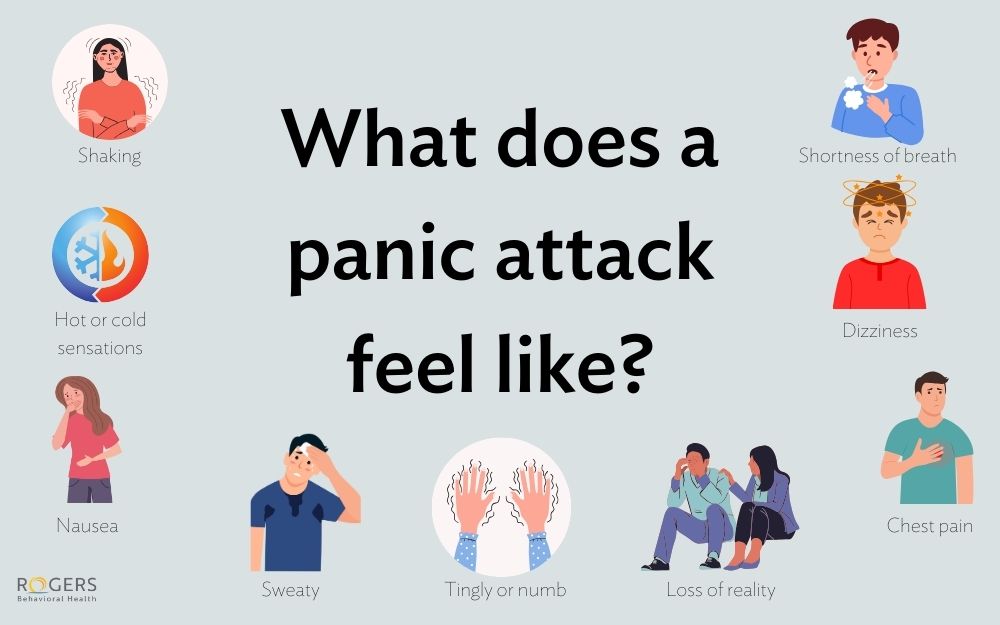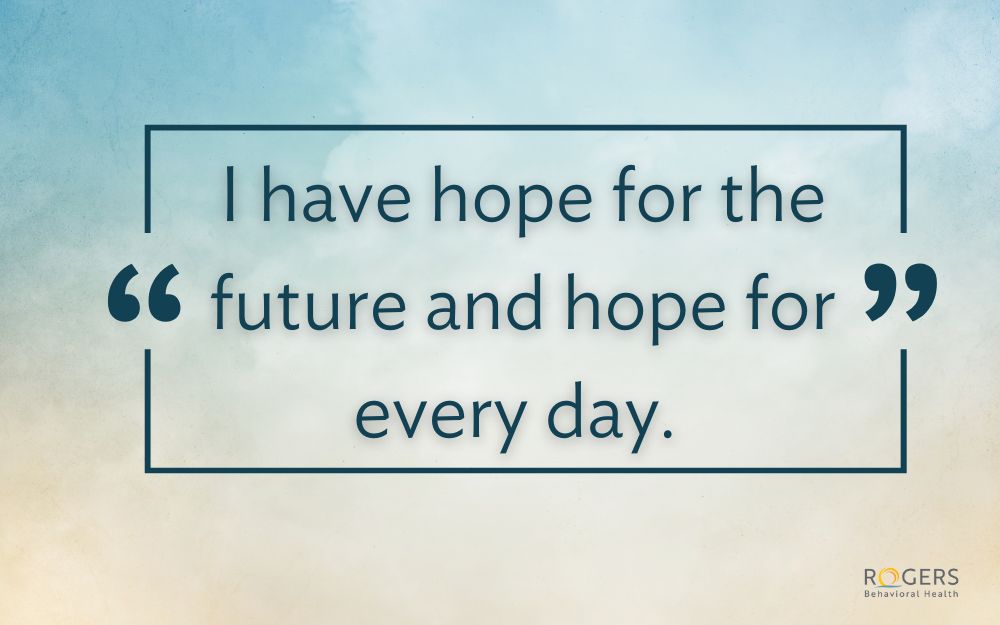Further awareness, effective care are key to suicide prevention
Posted on 09/22/17 05:56:pm
44,193. That’s the number of people that die by suicide each year in the U.S., according to the American Foundation for Suicide Prevention. That’s 44,193 too many. Increased awareness and knowledge, as well as knowing how to respond to certain situations, are the best ways to combat suicide, and National Recover and Suicide Prevention Awareness month (September) is the perfect time address this tough, but necessary, topic.
It is an integral time for the U.S. for spreading awareness and knowledge, as suicide rates have risen since 2000. According to Dr. Jerry Halverson, a board-certified adult psychiatrist and chief medical officer at Rogers Behavioral Health, the reason “is thought to be multifactorial, including the increased complexity of life as well as ease of access to fatal means, such as firearms.”
This is especially true for middle-aged adults, 45 to 64, who saw a 30% increase between 2000 and 2010, according to the CDC. This age demographic still accounted for the largest portion of the total mentioned above in 2015. Suicide, too often considered an individual issue, is actually a broad and complex public health concern because it impacts both individuals as well as the families, communities, and societies they are associated with.
Identifying the risk factors of suicide in adults, how to respond
Suicide is possible to prevent with close attention to and acknowledgment of potential risk factors and warning signs. According to Dr. Halverson, risk factors may include, but are not limited to, a history of mood, anxiety, and substance use disorders, chronic pain, a family history of suicide, or a lack of support systems. If feelings of futility and hopelessness persist or worsen, the following warning signs may occur:
- Talking about wanting to die, feeling hopeless, having no purpose, feeling trapped, being in unbearable pain, or being a burden to others
- Looking for a way to kill oneself
- Increasing the use of alcohol or drugs
- Acting anxious, agitated, or recklessly
- Sleeping too little or too much
- Withdrawing or feeling isolated
- Showing rage or talking about seeking revenge
- Displaying extreme mood swings
If someone you know is demonstrating any of these signs, please take action. “Suicide threats are an emergency and should not be ignored,” Dr. Halverson says. Don’t assume that their feelings are temporary and will pass or aren’t serious. Whether you’re a family member or friend, acquaintance, colleague or peer, you are capable of stopping someone from attempting suicide.
Ask them, “Are you considering suicide?” Say it outright. Though it may seem blunt, this is the best way to receive an honest answer. If they say yes, get help right away. Call 911 if they’re in immediate danger. If not, encourage them to call, text or chat the 988 Suicide and Crisis Lifeline to receive confidential, free support or reach out to a healthcare provider. Rogers Behavioral Health has assistance available by calling 800-767-4411 for a free screening.
If they say no and you assess that their level of risk is low, you can use the Safe Person Decal Seven Promises, created in partnership with Rogers InHealth and WISE, as a guide to listen and support effectively. Find out more about the Seven Promises here.
- Acknowledge that reaching out for support is a strength.
- Listen and react non-judgmentally.
- Respond in a calm and reassuring manner.
- Reflect back the feelings, strengths, ideas I hear when listening.
- Ask how I can be helpful and respond as I’m able.
- Do what I can to connect to other supports if asked.
- Maintain confidentiality and communicate if exceptions exist.
Spread hope for a better, brighter future
The most important thing to do is assure them that their life is important and that there is hope for a better, brighter future. “The best path to hope is exposure to others who have walked the path before and can share their experiences along the way to recovery living,” says Sue McKenzie, co-director of Rogers InHealth. This is why InHealth’s site features many personal accounts of individuals who’ve faced various mental health challenges and recovered, proving that life, even with all of its many ups and downs, is worth living. Here are just a few of many worthy examples that Rogers InHealth has to offer:
Rick discusses how depression and anxiety led him to consider suicide and how reversing self-stigma, with the help of NAMI, or the National Alliance on Mental Illness, was key to his recovery. Find it here.
Jessica talks about how the pressures and stresses of growing up led her to attempt suicide and how those experiences had led to growth and new-found strengths. Find it here.
Randy discusses how depression and anxiety affected his career path and his style and technique as a teacher who hopes to reach youth facing similar challenges. Find it here.
Despite their mental health challenges, all of these individuals recovered and gained a strong sense of hope in the process. “Of the over 250 people I have talked with about their recovery journey, most had either a suicide attempt or had considered suicide,” McKenzie says.
“Many said, ‘I didn't want to die, I just didn't want to live like that forever.’ All found that they didn't have to.”
Suicide prevention is possible with effective care, support, and hope for recovery. We all have a role to play in it, in order to save as many lives as possible. Here at Rogers Behavioral Health, we work daily to treat a wide array of mental health challenges, including depression and suicidal ideation, because we believe that recovery is possible and that every individual has a life worth living.
Share this article:



